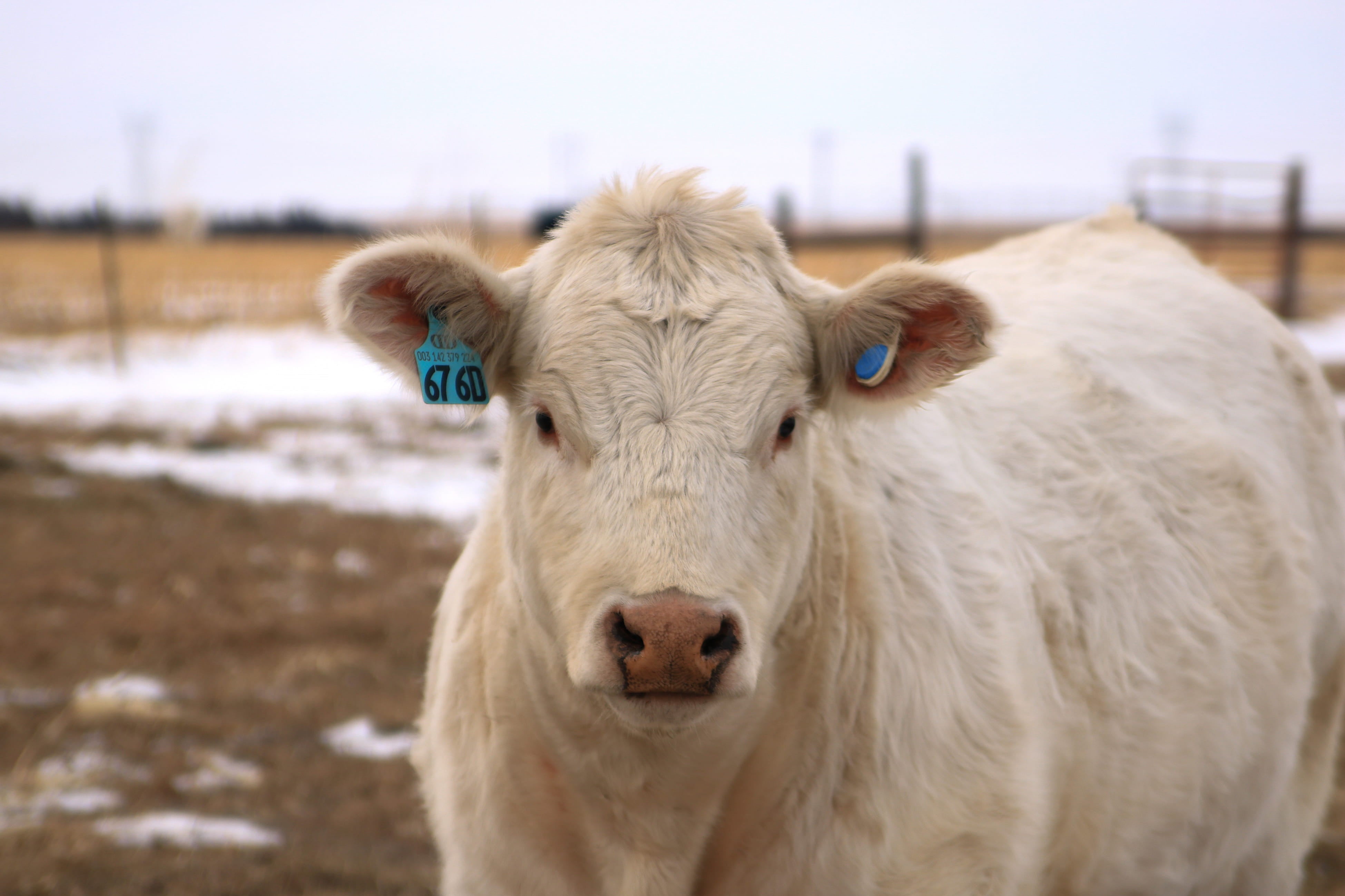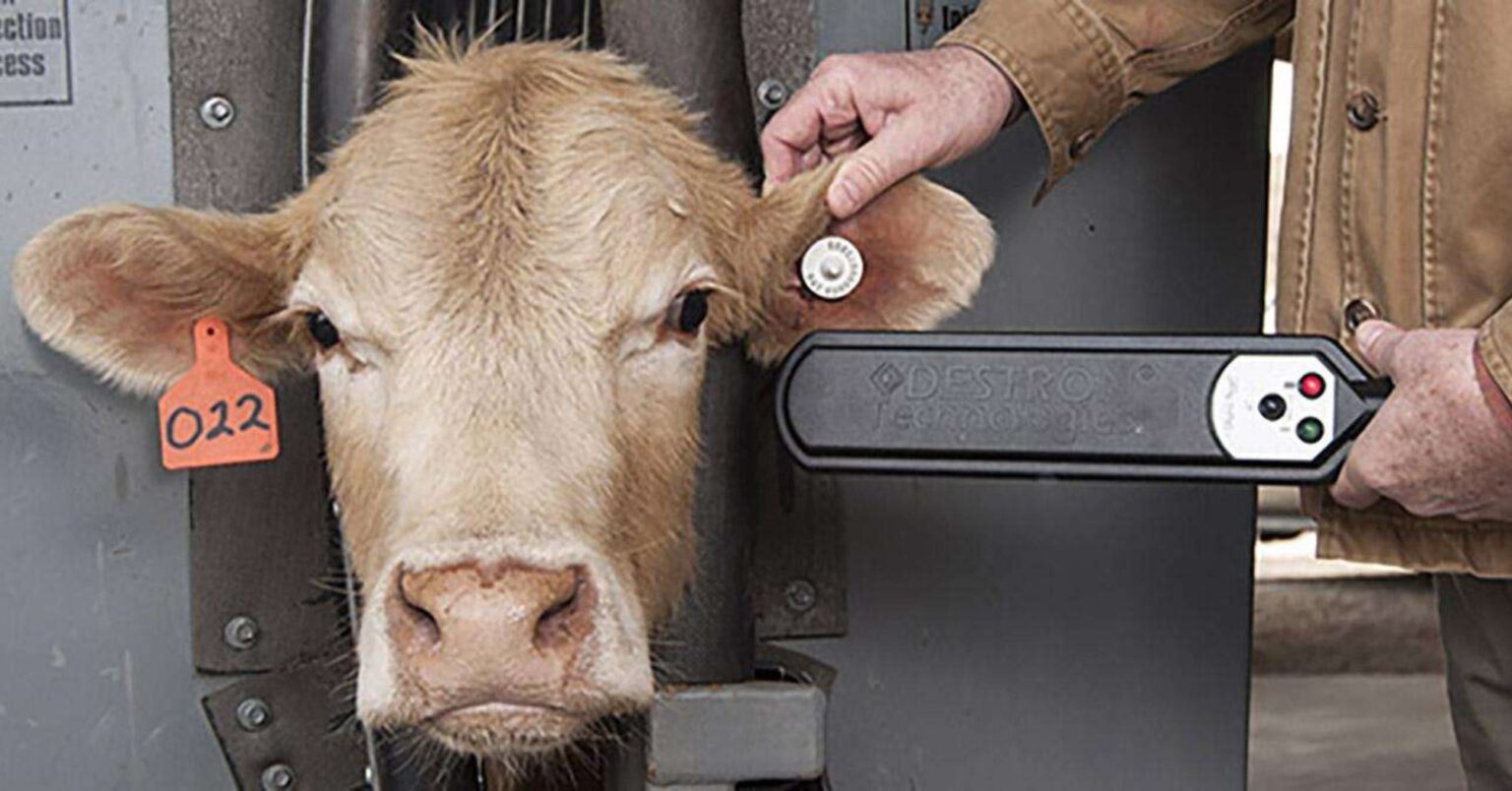Carl Ray Polk Jr., Texas & Southwestern Cattle Raisers Association president, wrote this op-ed on the U.S. Department of Agriculture’s Animal and Plant Health Inspection Service final rule for an updated traceability program.
Ranching is something to be proud of. It’s a tradition and foundation that roots us in hard work. Time and sweat invested today keeps this way of life alive for tomorrow. This is what I love and what I want to pass to the next generation — but that reality is fragile. A single animal disease outbreak could erase this for not only myself but future generations.
Protecting ourselves is paramount. A core pillar of preventing a detrimental animal disease outbreak is a traceability program that operates at the speed of commerce. We need a traceability program that allows for rapid response in the event of an outbreak and minimizes disruption to the industry.
The final rule for an animal disease traceability program is set to begin November 5. Livestock producers will be required to implement tags that are both visibly and electronically readable for specific classes of cattle.
Understandably, many cattle raisers are approaching these new regulations with caution. However, it’s important to put rumors fueled by cattle market commentary videos aside and set the record straight. The rule will not track your financials or your greenhouse gas emissions. The rule was not created to place additional taxes on your operation. Tags do not have GPS.
The USDA’s animal-disease traceability rule modernizes a decade-old regulation that required metal clip tags for brucellosis vaccination or tuberculosis testing for specific classes of livestock crossing state lines. If you were not required to have a metal clip tag before, you will not be impacted by the new electronic tag now. Only sexually intact cattle over 18 months old, all female dairy cattle, male dairy cattle born after March 11, 2013, and all cattle used in rodeo, shows or exhibitions will be required to comply.

We share many of the concerns of cattle raisers across the nation. While the Texas & Southwestern Cattle Raisers Association supports a traceability program and believes it can protect the industry, the program should never compromise the data privacy of our members. The program should work for the industry, not against it.
The current USDA animal disease traceability plan does not fully align with our expectations for data handling and storage. While the USDA has assured the industry that data is not publicly available and that steps are in place to restrict access to authorized government officials working on high-impact animal diseases, we are demanding more.
The responsibility for data management should not lie within the USDA. Instead, we advocate for a more decentralized approach where the industry has a significant role in managing and protecting its own data. This can be through third-party groups like U.S. CattleTrace, which Texas & Southwestern Cattle Raisers Association has been a member of since inception. A third party would limit government access to data, releasing only necessary data when and if an animal disease outbreak were to occur. This infrastructure has already been developed, tested and is ready to deploy. There is absolutely no reason to spend valuable time and money within the USDA recreating the wheel.
We do not take the threat of a disease outbreak lightly given the spanning geography and rapid speed that our industry operates. This is why for decades we have joined other industry partners to participate in conversations about a traceability plan and process that works for all of us. However, our time is up, and the industry’s failure to agree and enact an appropriate program has created an opportunity for the government to come in and attempt to fix the problem.
Consistently opposing new traceability measures without proposing viable alternatives does not contribute to solving the broader issue of disease prevention and management. Those who are screaming the loudest about the USDA’s current traceability plan and who have consistently stood in the way of industry creating our own solution need only to look in the mirror as to the reason why we are where we are today.
The choice is ours: Be part of the solution or be willing to accept the consequences.
»Related: Why do livestock have ear tags, tattoos, and other identification?
The article above was written by Shelby Kirton, and published as part of the TSCRA’s Cattlemen’s Column.


